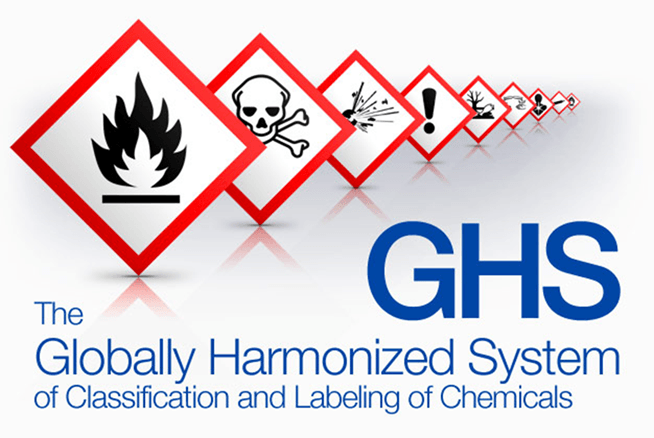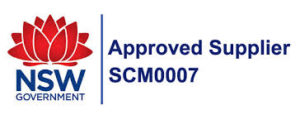 The use of chemicals is fundamental for workplaces across the world and affects our lives either directly or indirectly through the food we eat and the environment in which we live.
The use of chemicals is fundamental for workplaces across the world and affects our lives either directly or indirectly through the food we eat and the environment in which we live.
The United Nations developed the Globally Harmonised System (GHS) of Classification and labeling of chemicals to counteract any inconsistencies around the management of chemicals and to ensure that human health and the environment are protected. The GHS is being progressively implemented in many countries internationally.
The sound management of chemicals should include systems through which chemical hazards are identified and communicated to all who are potentially exposed. These groups include workers, consumers, emergency responders and the public. It is important to know what chemicals are present and/or used, their hazards to human health and the environment, and the means to control them. A number of classification and labelling systems, each addressing specific use patterns and groups of chemicals, exist at the national, regional and international levels.
Safe Work Australia announced their intention to move over to the GHS in 2012, and workplaces have been given a 5 year transition period to re-classify and re-label hazardous chemicals. It is expected that the GHS will provide trade benefits to industry as well as improved health and safety outcomes through use of internationally consistent hazard communication elements.
The Globally Harmonised System of Classification and Labeling of Chemicals (GHS) is a single internationally agreed system of chemical classification and hazard communication through labeling and Safety Data Sheets (SDS). The GHS is published by the United Nations and is sometimes referred to as ‘the purple book’. It includes harmonised criteria for the classification of:
- Physical hazards;
- Health hazards; and
- Environmental hazards.
The two major elements of GHS include:
- Classification of hazards of chemicals:
- GHS provides guidance on classifying pure chemicals and mixtures according to its criteria or rules.
- Communicates hazard information on labelling and Safety Data Sheets (SDS):
- Hazard classes
- Symbols, signal words, hazard and precautionary phrases
- Standardised Safety Data Sheet (SDS) format.
Australian workplaces will need to start preparing for the implementation of (GHS) which will become a mandatory requirement on 1 January 2017. Currently manufacturers may use either the GHS for classification, labelling and Safety Data Sheets (SDS’s), or the previous hazardous substances and dangerous goods classification systems. After 31 December 2016, all workplace chemicals must be classified according to the GHS and labels and SDS’s must be updated.
By request, Safety Australia Group recently conducted “Globally Harmonised System (GHS) Awareness Courses” for a number of our clients. The 3 hour session covered changes to the Harmonised Work Health and Safety (WHS) legislation for hazardous chemicals and the movement to establish a globally harmonised hazard communication system. We received great feedback from our clients who are now on the right path to implementing GHS into their workplace.
Further information on the transitional arrangements is available on the Safe Work Australia website.
For more information about our Globally Harmonised System (GHS) Awareness Course, please visit the Safety Consultants Australia website.
Source: Safe Work Australia

 Safety Australia Group
Safety Australia Group